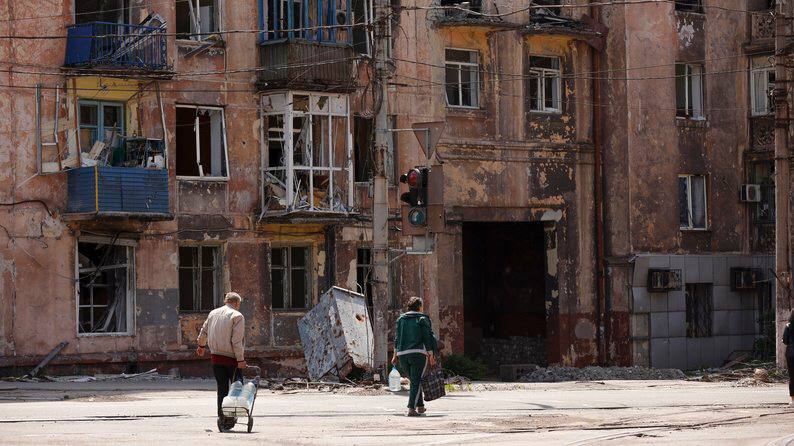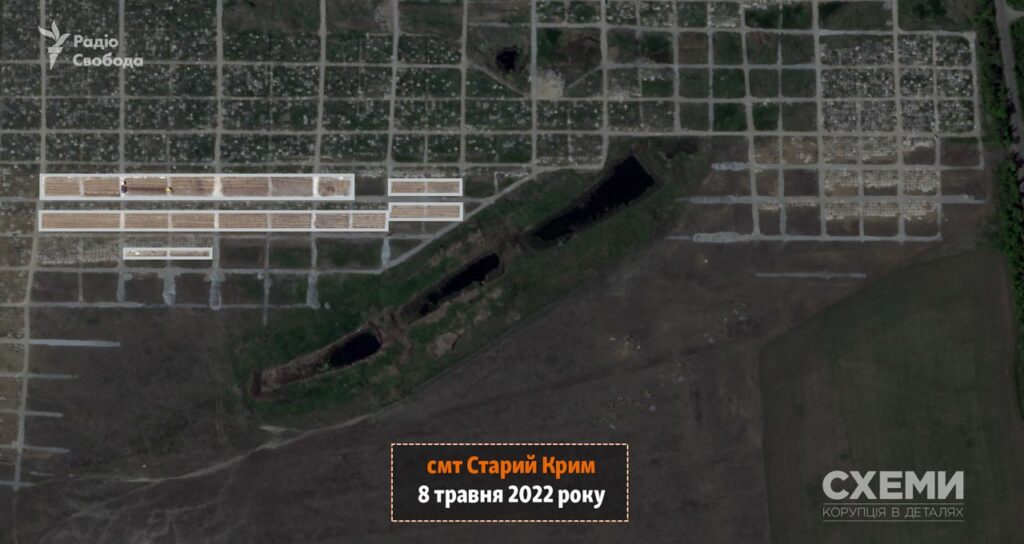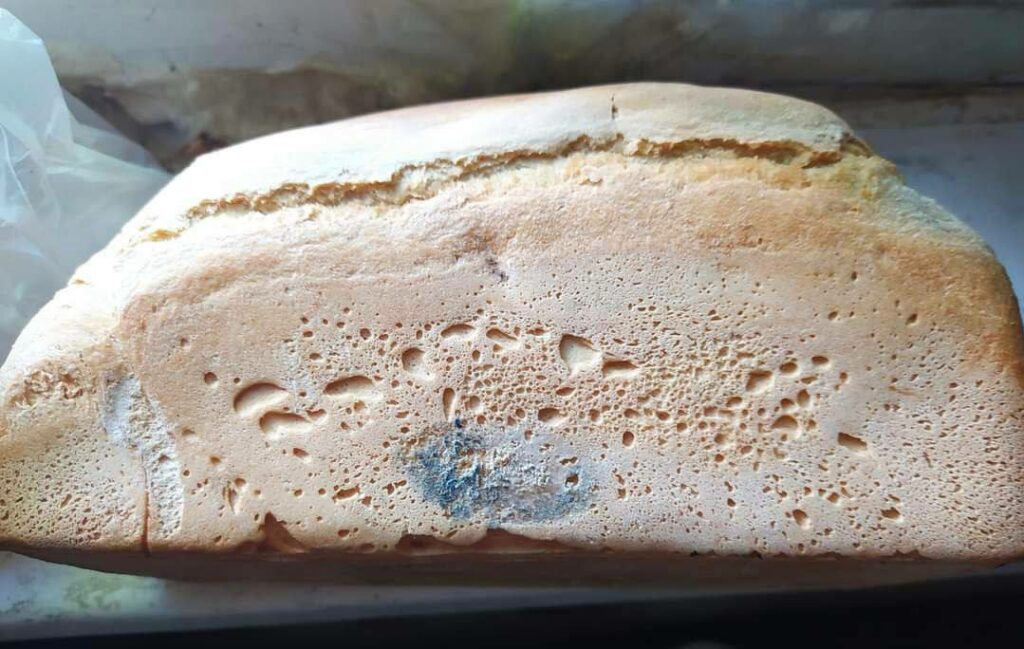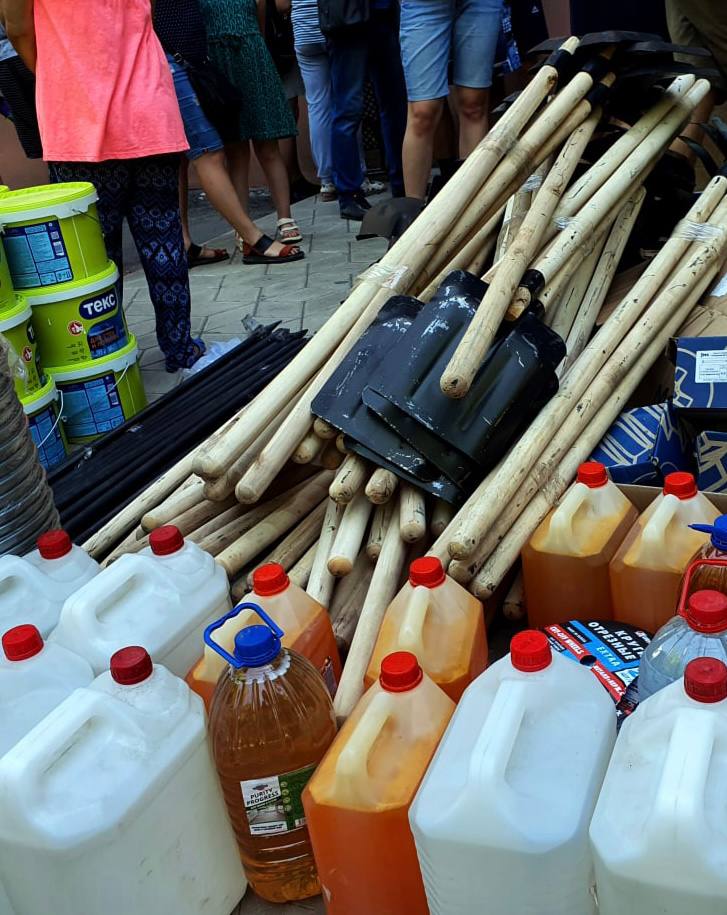Mariupol is temporarily occupied. A summary of the main points:
Russians continue to invent new ways of the hidden mobilization. This time – through work in the “DNR Ministry of Emergencies”. Inside the occupation authorities, they are discussing the implementation of the plan of forced mobilization during the provision of Russian passports or from the polling stations of the pseudo-referendum.
High-rise building on 59 Troitska street, completely demolished. Petro Andriushchenko, adviser to the mayor of Mariupol, reports that the house was demolished without warning and people were not allowed to take their personal belongings.
Mariupol Seaport has resumed operations. Andriushchenko wrote in his Telegram channel that electricity was supplied to the port via a separate line and the main channel was unblocked. Everything looted by the Russians is planned to be sent through Syria.
People from Mariupol are hired to clear debris on the territory of the Illich Mariupol Metallurgic Combinate. In the last week, 8 civilians were blown up by landmines during clashes. In addition, people are not paid wages.
In order to somehow survive, people in the courtyards of Mariupol high-rise buildings plant gardens next to graves.
According to journalists from Radio Svoboda, mass graves in Staryi Krym have at least doubled in two months. On average, 25 people die every day. This is about 1,800 people in May-June alone.

During the occupation of the city there were and still are problems with water. Now the occupation authorities have admitted that the restoration of water supply to the Left Bank district of Mariupol is impossible due to the destruction of the water supply by Russian bombs. The same situation exists in the Central and Primorsky districts.
In some places, the Russians are trying to repair pipes – they put a new collar on a rusty pipe in a city hit by artillery.
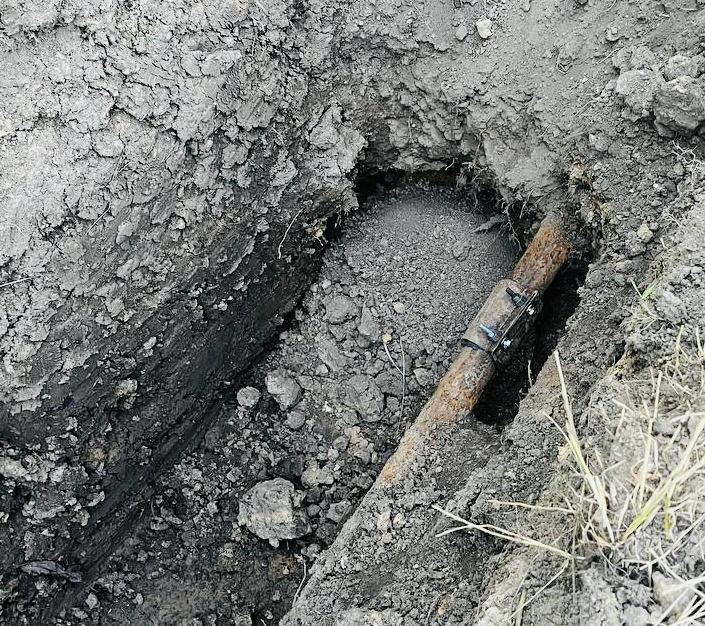
The New York Times confirmed that there are 18 “infiltration camps” in Mariupol, citing Courtney Ostrian, the deputy head of the US mission to the OSCE.
“Lists of Ukrainian citizens who were considered a threat to Russian control over Ukraine, including all those who adhere to pro-Ukrainian views, were compiled by Russia in advance,” the report says.
Today, at least 10,000 Mariupol residents continue to be held in the occupiers’ filtration prisons, where they were sent from these filtration camps.
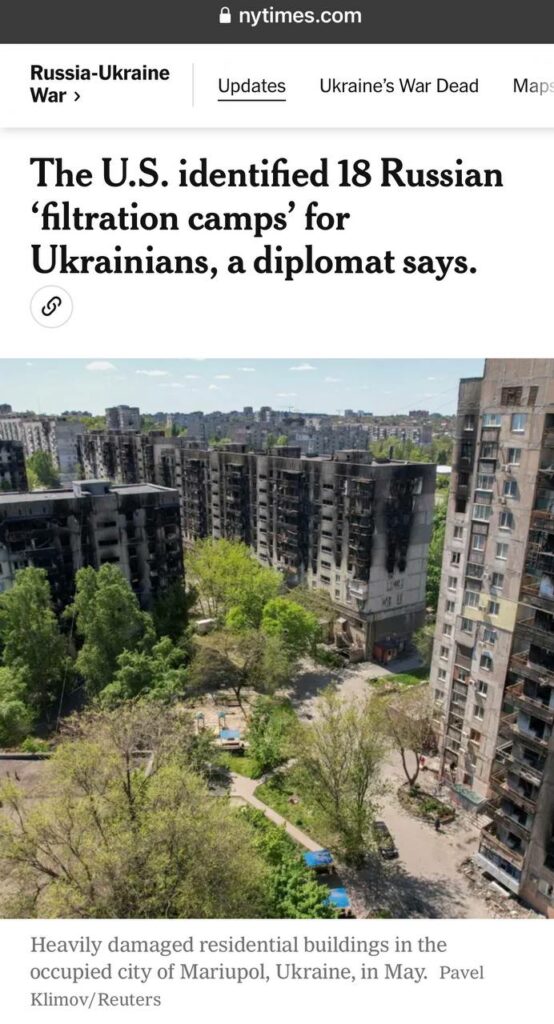
Humanitarian aid for Mariupol residents continues to arrive from Russia. Among the products are stale bread with mold and shovels. This set was brought from the Tula region.
Russians looted Mariupol museums. All valuable exhibits were taken out of the city. According to the Mariupol City Council, the Local History and Art Museums were left without their collections, which are the cultural heritage of the city and region. The premises themselves were destroyed. Russians stole the original paintings of Kuindzhi and Aivazovsky, unique icons and historical exhibits.
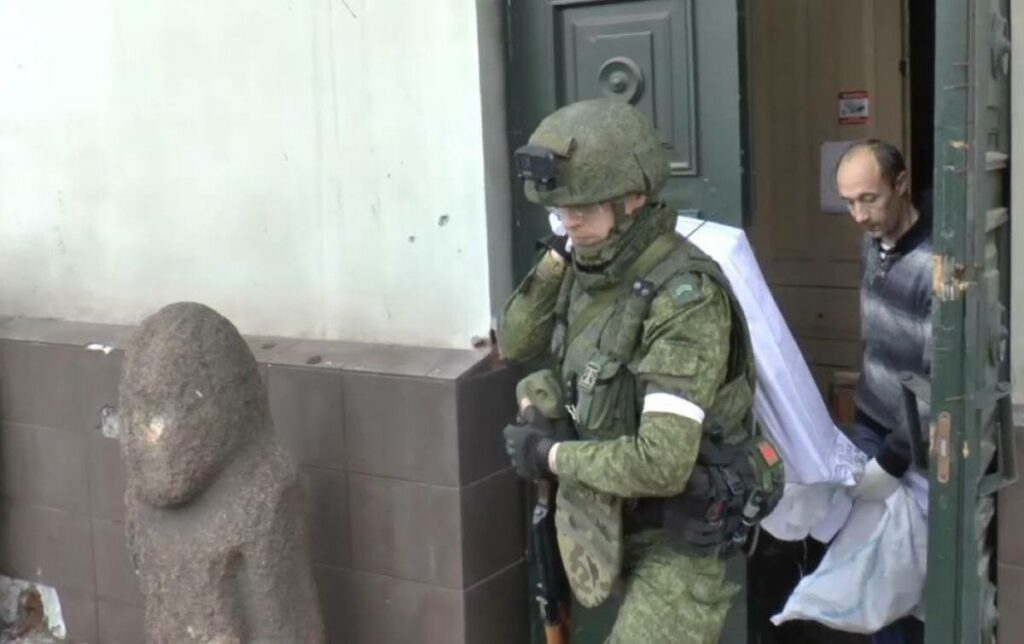
Russians will not be able to start the heating season in Mariupol. In the city, almost all boiler houses are damaged. Some of them are completely destroyed. Only the repair of one boiler room takes about one year. 50-70% of gas mains were also destroyed. Water and a large amount of electricity are also needed to start the heating. The occupiers also have problems with this. Unpreparedness of communications will lead to constant water flows.
